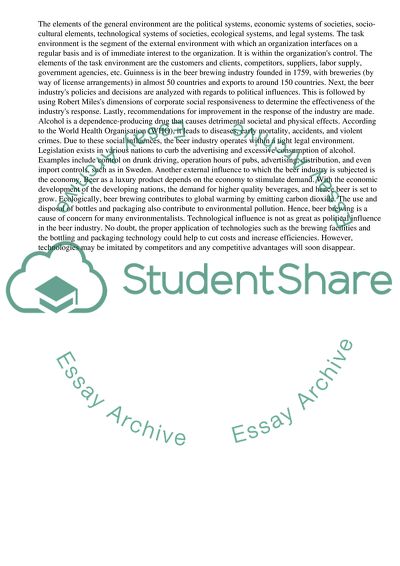Cite this document
(“Contemporary Developments in Business and Management Assignment”, n.d.)
Retrieved from https://studentshare.org/business/1500359-contemporary-developments-in-business-and-management-assignment
Retrieved from https://studentshare.org/business/1500359-contemporary-developments-in-business-and-management-assignment
(Contemporary Developments in Business and Management Assignment)
https://studentshare.org/business/1500359-contemporary-developments-in-business-and-management-assignment.
https://studentshare.org/business/1500359-contemporary-developments-in-business-and-management-assignment.
“Contemporary Developments in Business and Management Assignment”, n.d. https://studentshare.org/business/1500359-contemporary-developments-in-business-and-management-assignment.


